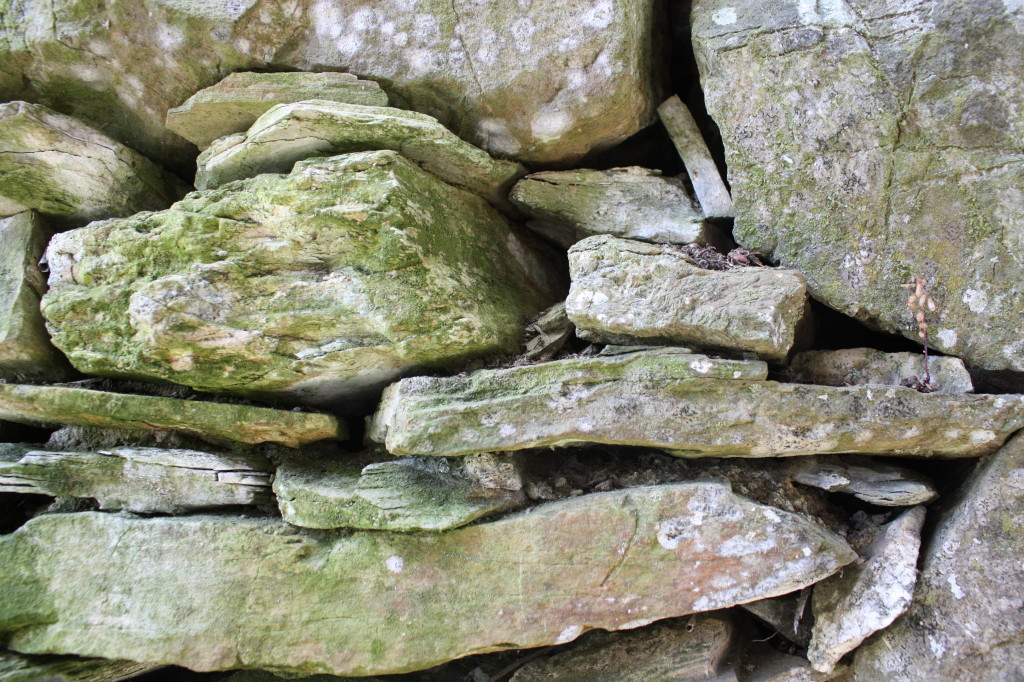We think a lot about the question of sustainability in the Cinque Terre. In part, it’s a professional concern: we run study abroad programs on the subject, as well as alumni trips that use sustainability as a focal point. But in part, it’s just a logical concern for anyone living and working here. It boils down to a simple question: is the Cinque Terre, as a tourist phenomenon, sustainable?
I believe, unfortunately, that it is not. And quite honestly, I don’t see how it can be otherwise. This is a fragile landscape with a permanent resident population of roughly five thousand people. The number of total visitors is estimated to be over one million, arriving by train, bus, cruise ship, and car. (The La Spezia port alone — about 10 minutes from the Cinque Terre by train — disembarked around 700,000 people during the months from April to October (depending on which statistics you look at) this year, and probably half of those come here.) Break that down to the effective tourist season (roughly 200 days) and that’s 5000 people a day on average, though obviously heavily-weighted to days in July through September.
Now, this is nothing compared to a spot like, say, New York City, which hosted 56 million visitors last year. But NYC also has 8.4 million residents. Since tourism to NY can be broken down over the entire year (365 days), it gets an average of 153,000 visitors per day. From a sustainability perspective, that means the daily tourist-to-resident ratio in NYC is about 18 tourists for every 1,000 residents. In the Cinque Terre, it is an overwhelming 1 to 1.
So the question of sustainability is crucial here. But there is no clear policy by either the government or the national park. (Don’t forget that the Cinque Terre is in fact a National Park.) The mass tourism engine is running at full steam, and the Cinque Terre is seen as a spotlight destination to squeeze for all it is worth. Cruises, for example, often list their destination port as Cinque Terre, rather than La Spezia. Rick Steves uses a photograph of Vernazza on the cover of his Best of Europe 2015 guidebook. Citizen efforts to limit or stagger arrivals, add city taxes for landing in their harbors, respect maximum capacity numbers on trains, ban single-use water bottles, etcetera, have fallen mostly on deaf ears. Click here for one such petition.
So what to do? We all love the tourists and the tourism (no one wants to return to the old days of backbreaking terrace farming and territorial isolation), but it is a shame to see this place, designated a World Heritage Site by UNESCO for its unique cultural heritage, turned into something like Disneyland, a cardboard snapshot of what quaint Mediterranean life ought to look like, no matter if that life has disappeared precisely because of the tourism.
Personally, I think tourists can do much to help sustainability, even without coming in smaller numbers. You can carry in your own water, or fill up a reusable container at the public (and perfectly safe) fountains. You can adopt a “leave no trace” policy, just like you would do in any National Park in the US: pack it in, pack it out. You can choose to come on off-days (those when cruise ships are not arriving in La Spezia) or during the off-season. You can decide to be an independent traveler rather than joining one of those huge group tours coming from Florence or elsewhere that is led about like a flock of sheep, clogging the narrow town arteries. You can research restaurants that apply Slow Food or sustainability standards. You can explore the back streets. You can hike the lesser-taken trails (and a word to the wise … avoid the Monterosso-Vernazza trail, known locally as the “highway”). You can petition the National Park for more public bathrooms or better trail maintenance.
On our side, we do our best to engage in low-impact tours (which is, admittedly, easy, since we only do small private groups), and to educate university students on the issues of sustainability (both in terms of agriculture and tourism) through our study abroad programs, which have some local governmental involvement as well, though unfortunately not much practical spin-off. We can perhaps do more, and are always looking for advice on this score.
2015 was an overwhelming year for the Cinque Terre … we’re all waiting to see what 2016 will bring. It would be nice if it brought, along with all the tourists, some forward thinking from local authorities as well.
ultramon Serial key quicken Code Free zemax opticstudio Serial key fonepaw ios Keygen





